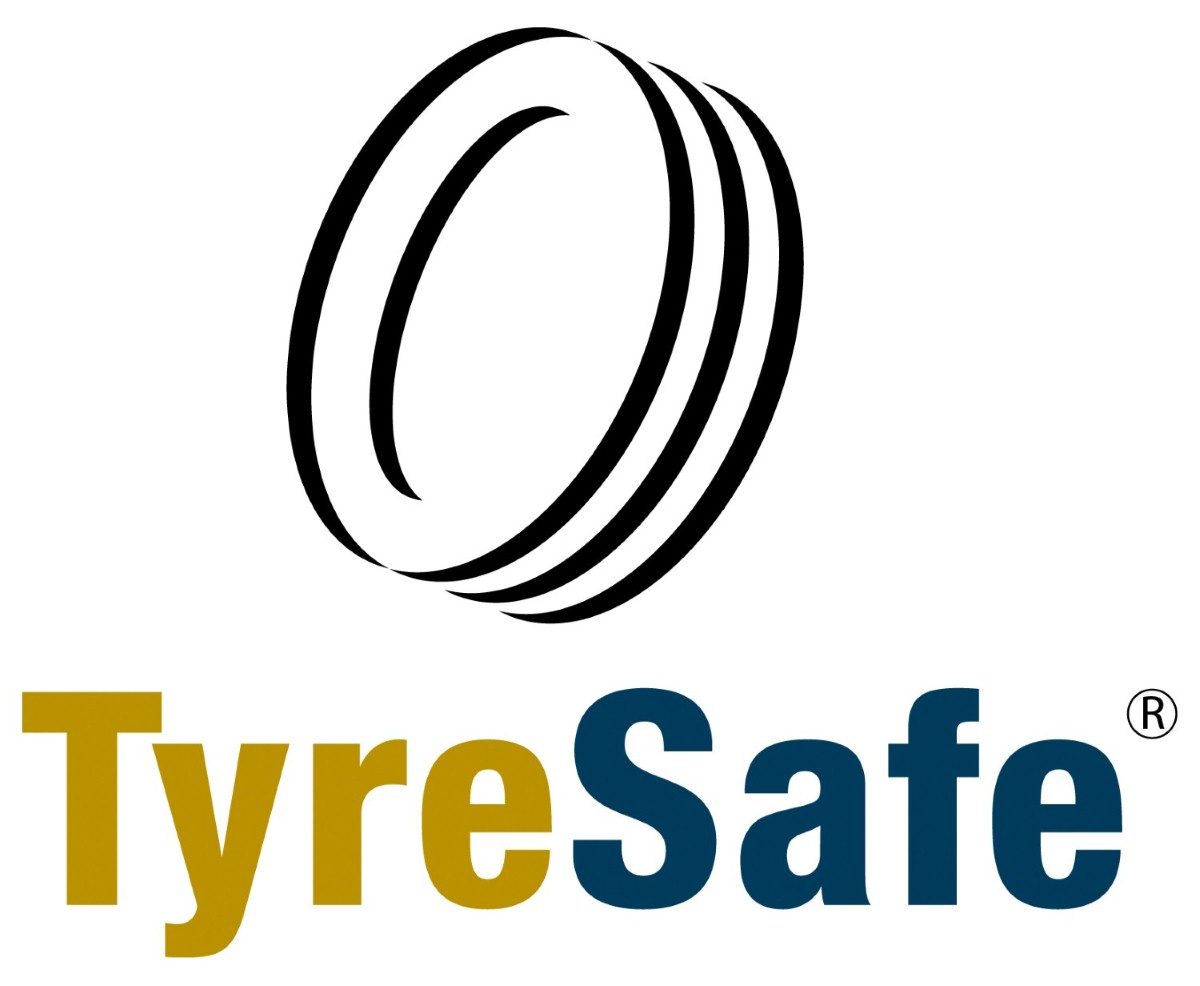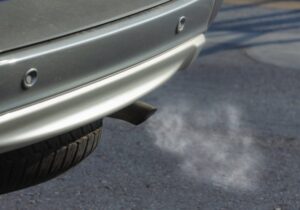The 2014 report on road casualties shows an “unacceptable” number, calling for increased importance placed on tyre safety
The Department for Transport‘s annual report of accident statistics was published today revealing the number of deaths and injuries attributed to all classifications of vehicle defects has increased to 3,230. As a result, TyreSafe is calling for renewed vigour in the campaign to raise awareness among motorists of the importance of tyre safety.
The report highlighting road casualties Great Britain 2014, has revealed the number of all casualties from accidents caused by illegal, defective, or under-inflated tyres as being similar to the average number over the last five reported years’ figures.
However, deaths and serious injuries caused by this have gone slightly up. This minor increase in deaths is believed to be a result of motorists neglecting routine checks which could keep everyone safe, according to TyreSafe.
In 2014, the number killed or seriously injured (KSI) motorists due to tyre defects rose to 224 totalling in 1125 casualties. Compare this to the annual average for the five reported years since 2010 which are only 198 KSIs with 1135 total casualties.
Over the past five years, in accidents attributed to vehicle defects, problems with tyres have been the largest single contributory factor (responsible for 36.1 per cent of casualties). 28 out of the 48 people killed in accidents attributed to vehicle defects were because of defective tyres.
Despite the progress made since its first year in 2006 (with 307 KSIs and 1627 total casualties), TyreSafe is unimpressed with how recent years have fared.
Chairman of TyreSafe, Stuart Jackson said: “While 2014 figures do not reflect a dramatic worsening of tyre-related accident casualties over the past five years, TyreSafe considers the current status quo unacceptable.
“The DfT’s figures support TyreSafe’s findings which shows too few of Britain’s motorists inspect their vehicle’s primary safety feature before taking to the roads. Every day, tyre retailers, the fire service, the police, and breakdown recovery services see examples of this neglect as they come face to face with a substantial number of tyres in appalling, unroadworthy condition.
“Unlike other vehicle components, tyres can easily be checked visually – it is ultimately the driver’s responsibility to ensure that their vehicle is safe and clearly need to take immediate action if tyres are flat, have lumps, bumps, or cut – or if they’re bald.
“Defective tyres dramatically reduce the effectiveness of a vehicle’s steering and braking systems, can potentially suffer catastrophic deflations and potentially add to the numbers of road casualties. With this year’s casualty figures from the DfT being comparable to the five-year average, TyreSafe’s main concern is the slow pace at which drivers are taking this message on board.
“TyreSafe’s enhanced partnership with Highways England is an example of the support we urge all road safety stakeholders to provide, especially now we are approaching Tyre Safety Month – a campaign TyreSafe believes can help drive the reduction of road casualties,” he finished.
Tyre Safety Month begins on 1 October, its aim to encourage motorists to carry out regular #SafeTyreChecks and poses the question, “When did you last do it?” to Britain’s motorists.
The campaign is a result of TyreSafe surveys which have revealed one in five drivers has never checked their tyres, and nearly 10 million dangerous and illegal tyres are likely to driven in Britain in 2015.
TyreSafe is recommending that all motorists ACT at least once a month: check tyres for Air pressure, Condition, and Tread depth.
For more information on Tyre Safety Month, visit Tyre Safe’s website here.





















































